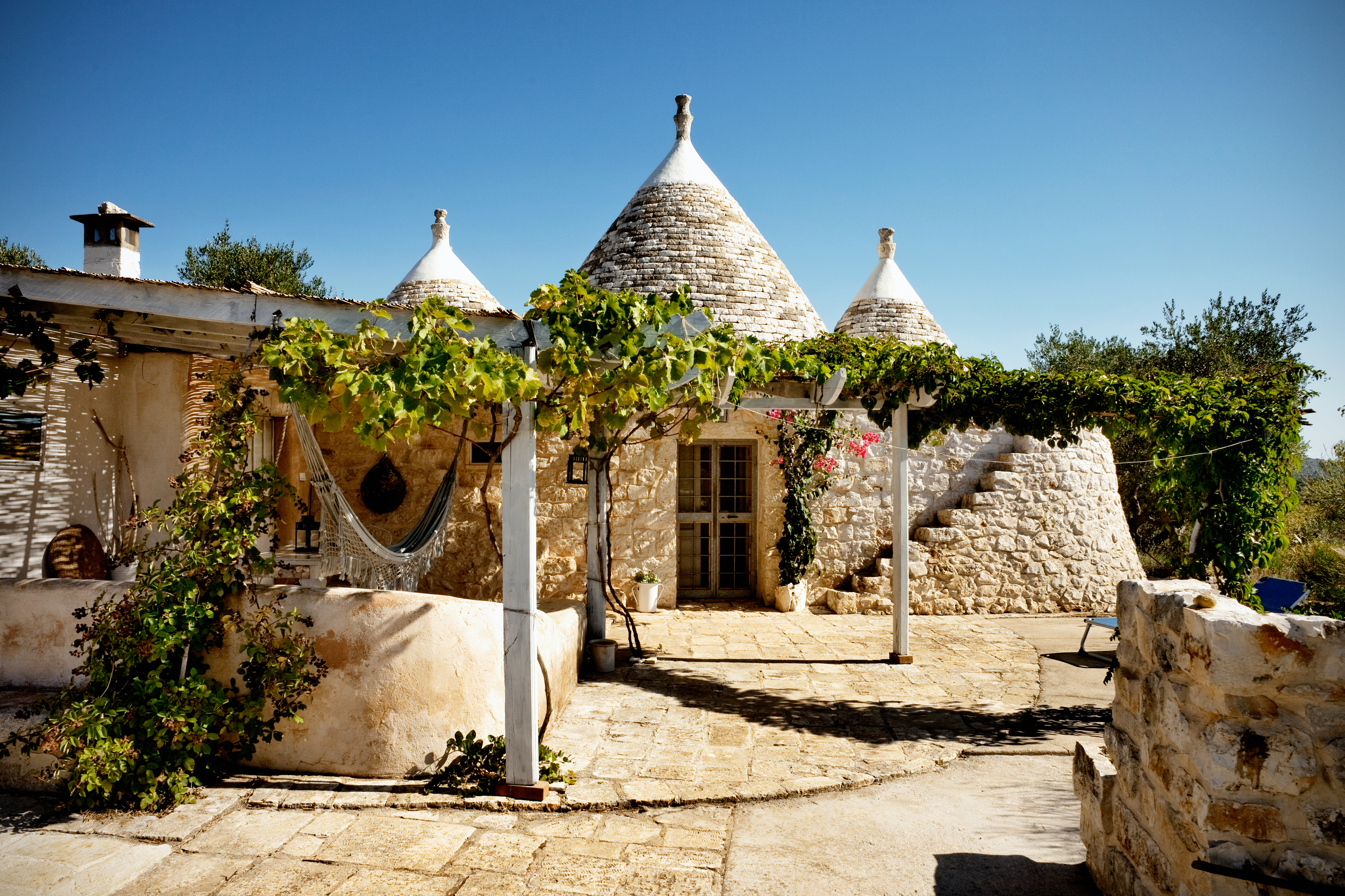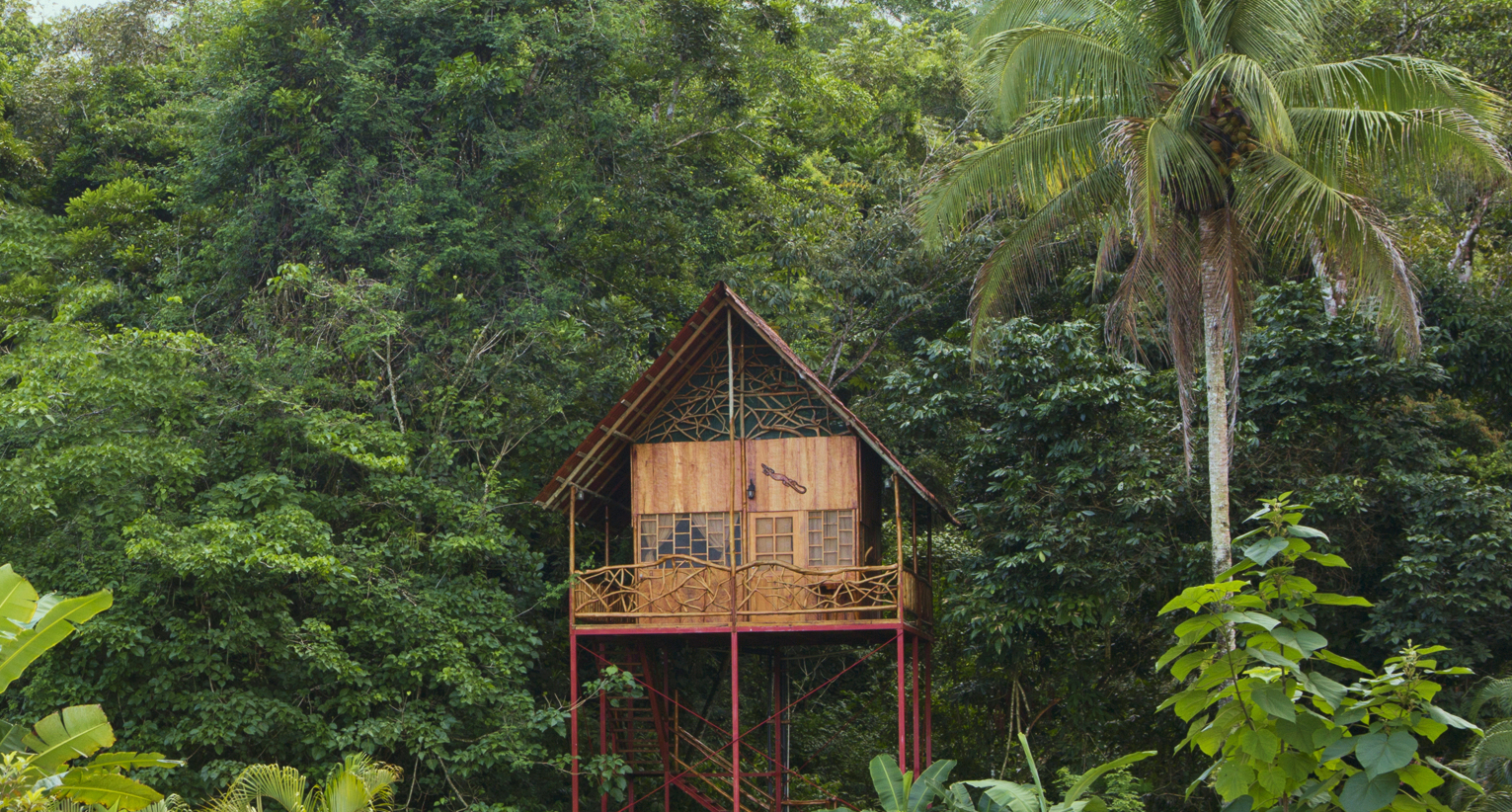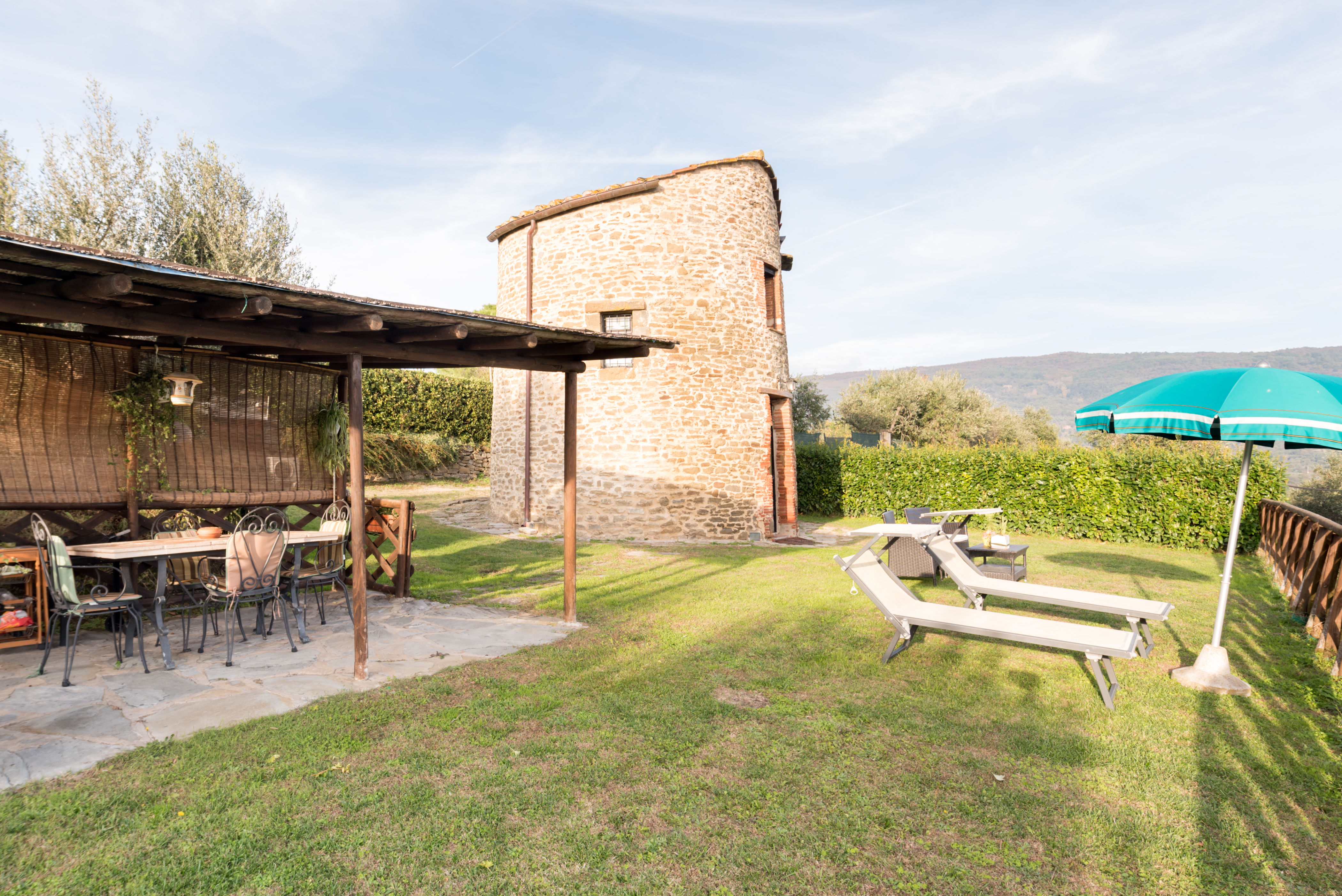Hosts of unique stays earned nearly $1 billion in 2021
Key Takeaways
- From 2019 to 2021, nights booked at unique properties have increased globally by nearly 50 percent.
- Hosts are also earning real income, with unique listings earning nearly $1 billion just in 2021.
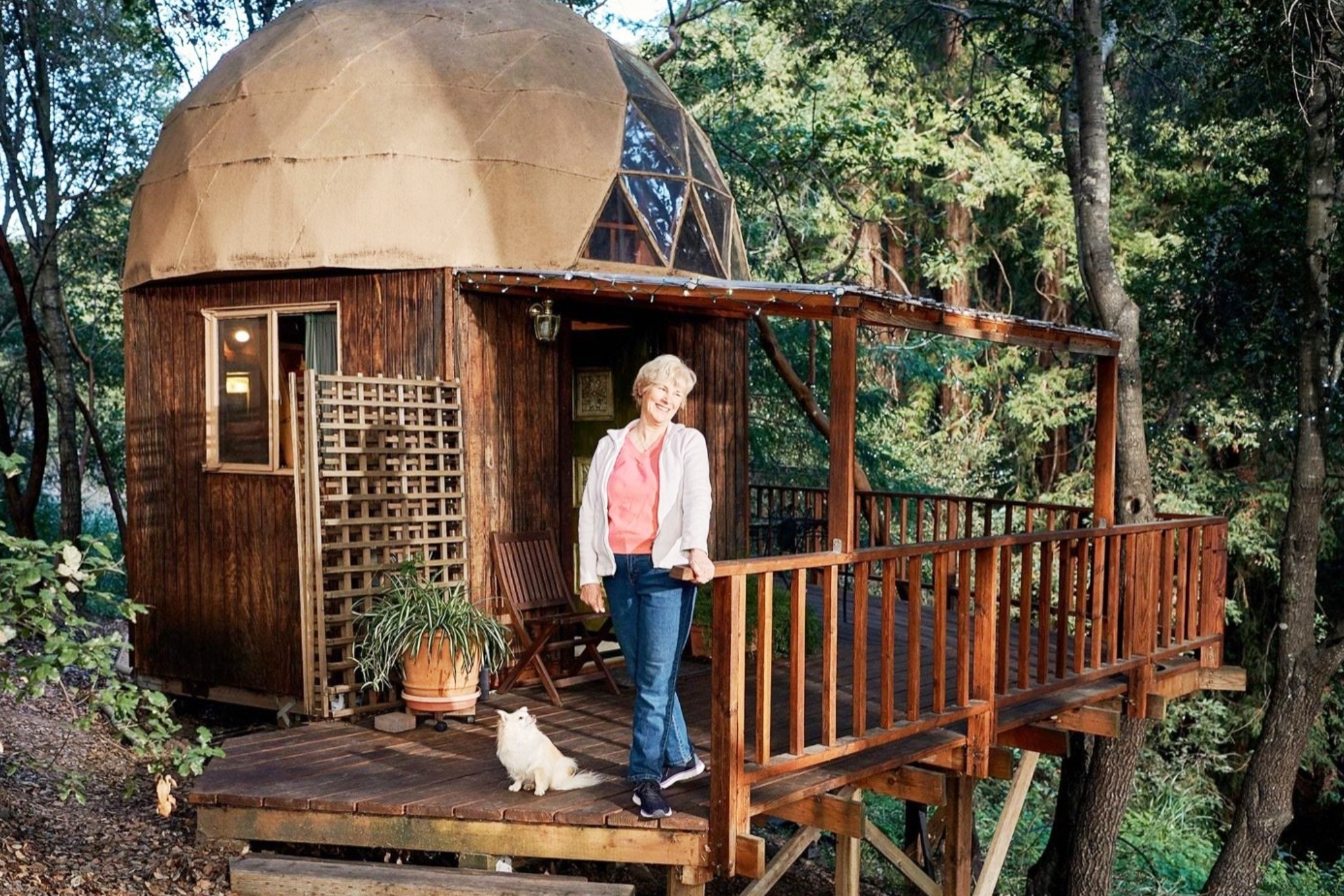
Key Takeaways
- From 2019 to 2021, nights booked at unique properties have increased globally by nearly 50 percent.
- Hosts are also earning real income, with unique listings earning nearly $1 billion just in 2021.
Hosts around the world have been sharing their unique spaces on Airbnb for well over a decade, and guests have fallen for their one-of-a-kind stays, from domes and windmills to lighthouses and trains. In the past two years alone, from 2019 to 2021, nights booked at unique properties have increased globally by nearly 50 percent. With more guests booking unique stays, Hosts are also earning real income, with unique listings earning nearly $1 billion just in 2021. In fact, globally, earnings by night and by traveler were higher for unique than for non-unique listings in 2021.
Through Airbnb Categories, launched this past May, it is easier than ever for guests to search unique listing types, connecting with unique homes and Hosts they may have otherwise overlooked. A brand new OMG! Category, which has been clicked on over 2.5 million times since launch, also showcases the zaniest of all unique homes on the platform.
The OMG! Category even inspired a first-of-its-size $10,000,000 OMG! Fund, which will help 100 people by giving them $100,000 each to to build the world’s craziest spaces, turning off-beat musings into real-life places. Hosts or prospective Hosts who have been sitting on a unique listing idea have a shot at turning their best ideas into reality by submitting them at airbnb.com/omgfund through this Friday, July 22.
A closer look at unique homes reveals why these listing types have become fan favorites, for both guests and Hosts alike.
Tiny but mighty: Tiny homes is the most booked listing types in the world
While treehouses and barns abound on Airbnb – and are among the top 10 most booked unique listing types on the platform – it’s tiny homes that take the top spot, proving that a little creativity can go a long way. In 2021, more than 2.5 million nights were booked in tiny homes alone.
Tiny homes come in all shapes, just the same small size, but their Hosts also know that there’s nothing tiny about their income. Tiny homes Hosts on Airbnb earned a combined total of more than $195 million in 2021 – the top grossing unique space type.
Take it from Host Ellis, who had been living nomadically since college, calling everywhere from Mexico to Sri Lanka home. When he hit his mid-20s, Ellis realized he wanted to put down some roots while still earning some passive income to help support future travels, so he purchased land in the heart of Idaho – inspired by his colleague on the Big Idaho Potato Tour and fellow Host, Kristie Wolfe – and spent the next five years building his own tiny house. Ellis finally listed it on Airbnb in 2019, and in that time, the property paid for itself.
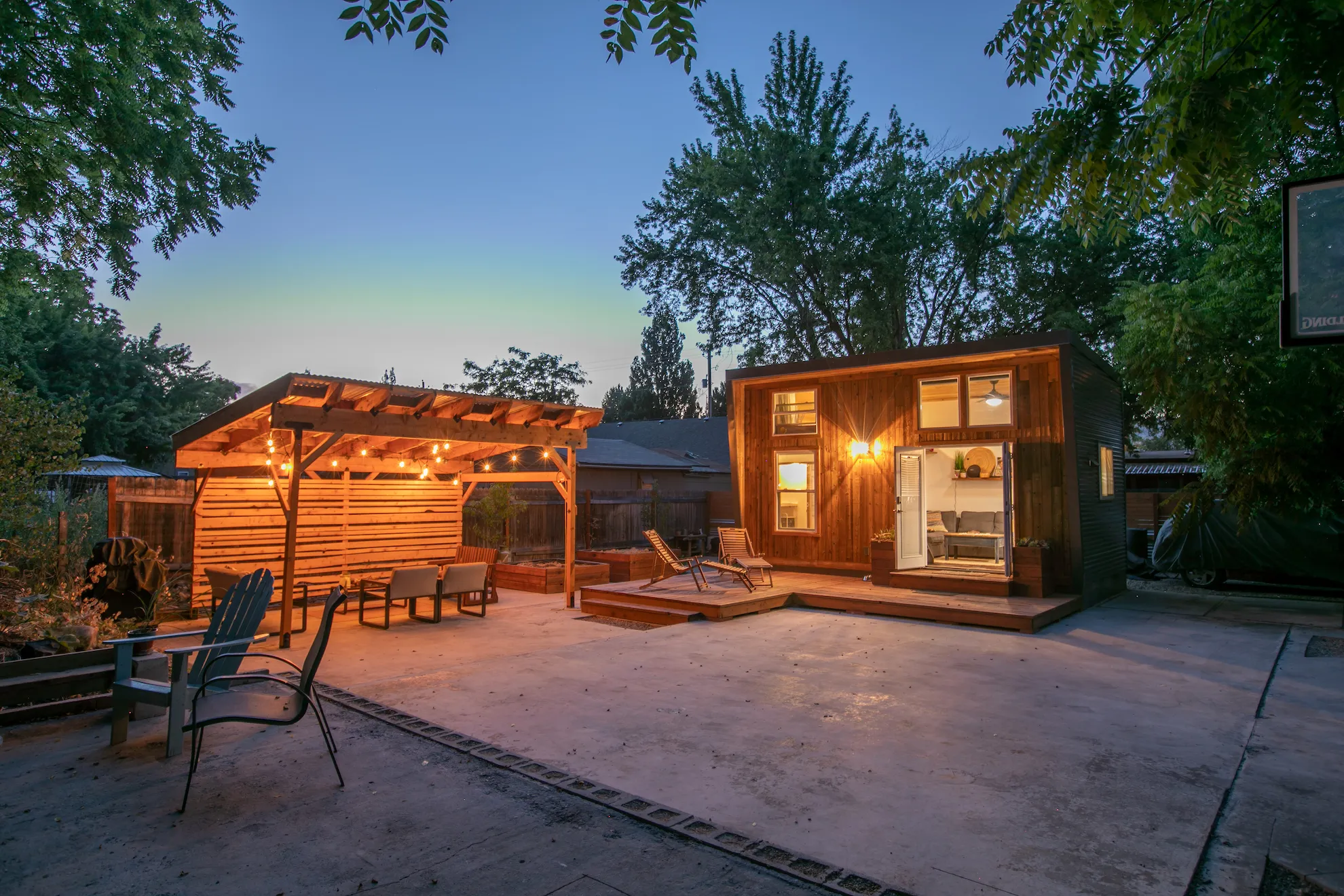
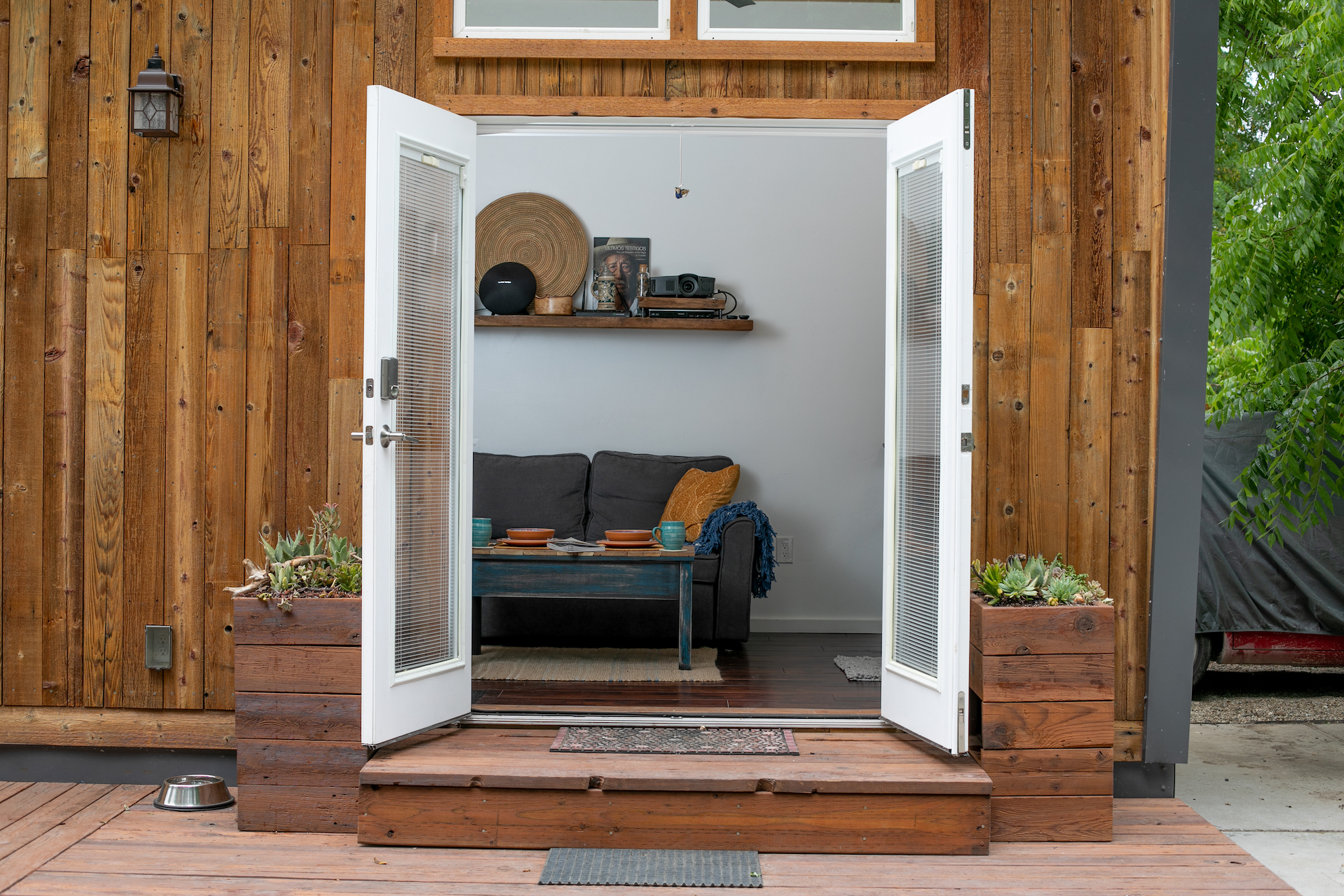
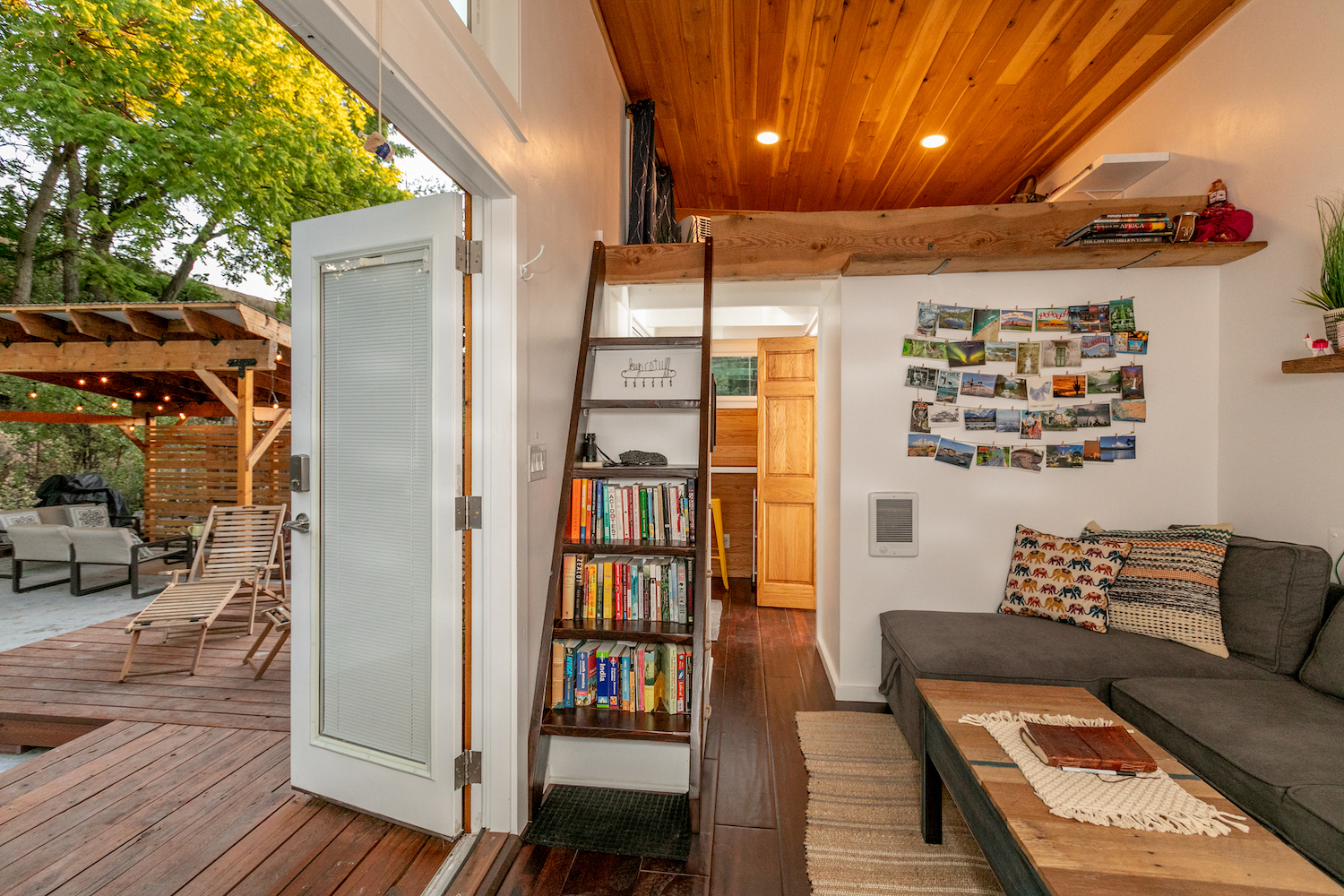
Unique Hosts and their guests: Where generations connect
A closer look at unique Hosts reveals that many are over 50 and most are women. In the US, for instance, half of all unique listing Hosts were aged 50+, and more than six in 10 were women1. By contrast, guests booking unique stays skew younger: In the US, more than eight in 10 guests booking unique stays are under 50, though still mainly women, with nearly seven in 10 guests in the US who book unique listings being women2.
The result? Unique stays average 4.8-star reviews – with shepherd’s huts, barns and trains receiving the best average reviews.
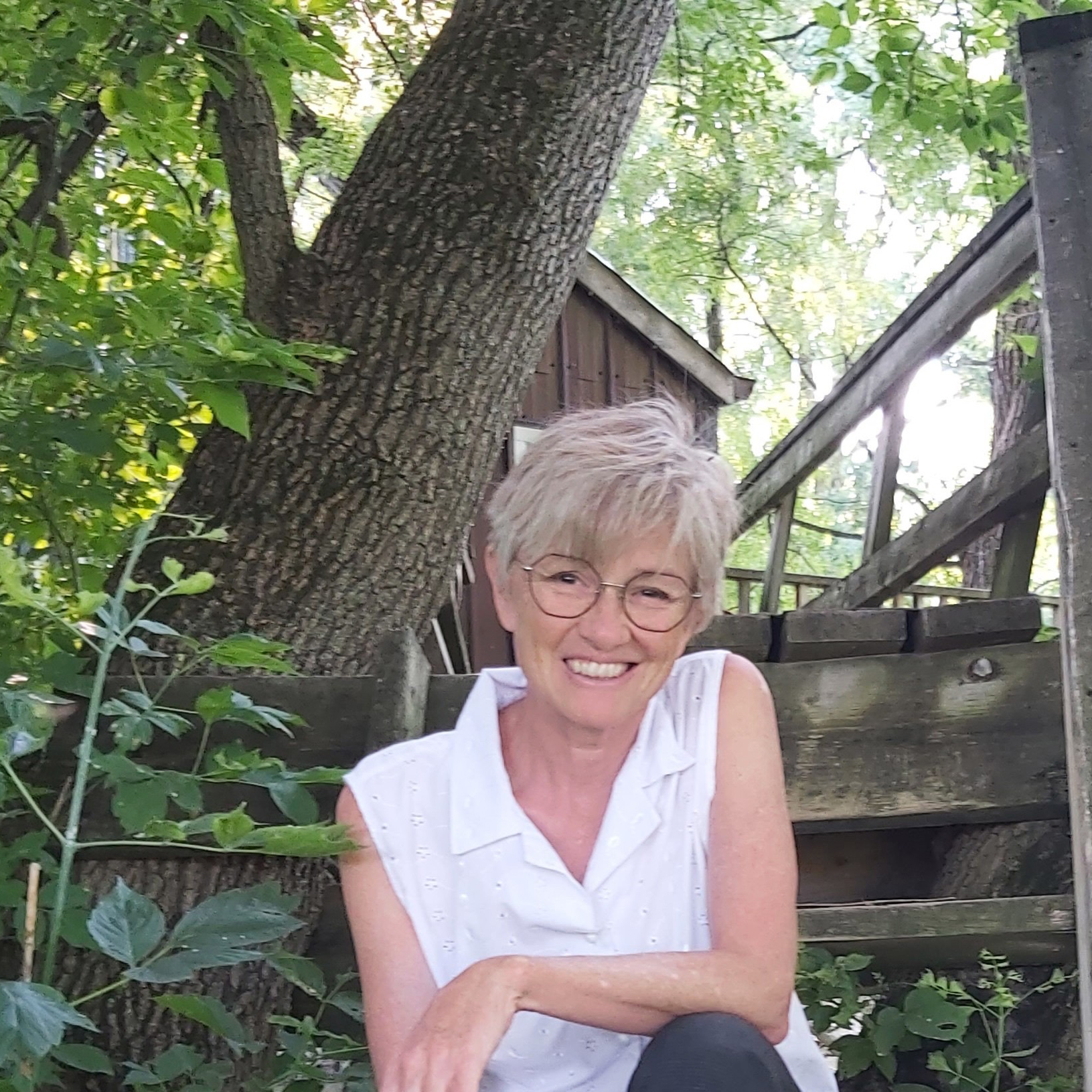
Lawrene – a successful actress and spare time weaver (and former lighthouse keeper!) in Florence, Canada – is proof positive of that unique hospitality, through her own treehouse. After enjoying an Airbnb stay in Brooklyn, Lawrene wondered what it would be like to try hosting herself, sharing the off-grid space she and her husband built for themselves 10 years earlier, right in their backyard.
While she convinced her husband to list the space by assuring him hardly anyone would be interested in their rustic escape, to their surprise, they have since welcomed a steady stream of outdoor enthusiasts and leave-no-trace campers who enjoy the peaceful escape – and the homemade waffles Lawrene prepares them for breakfast.
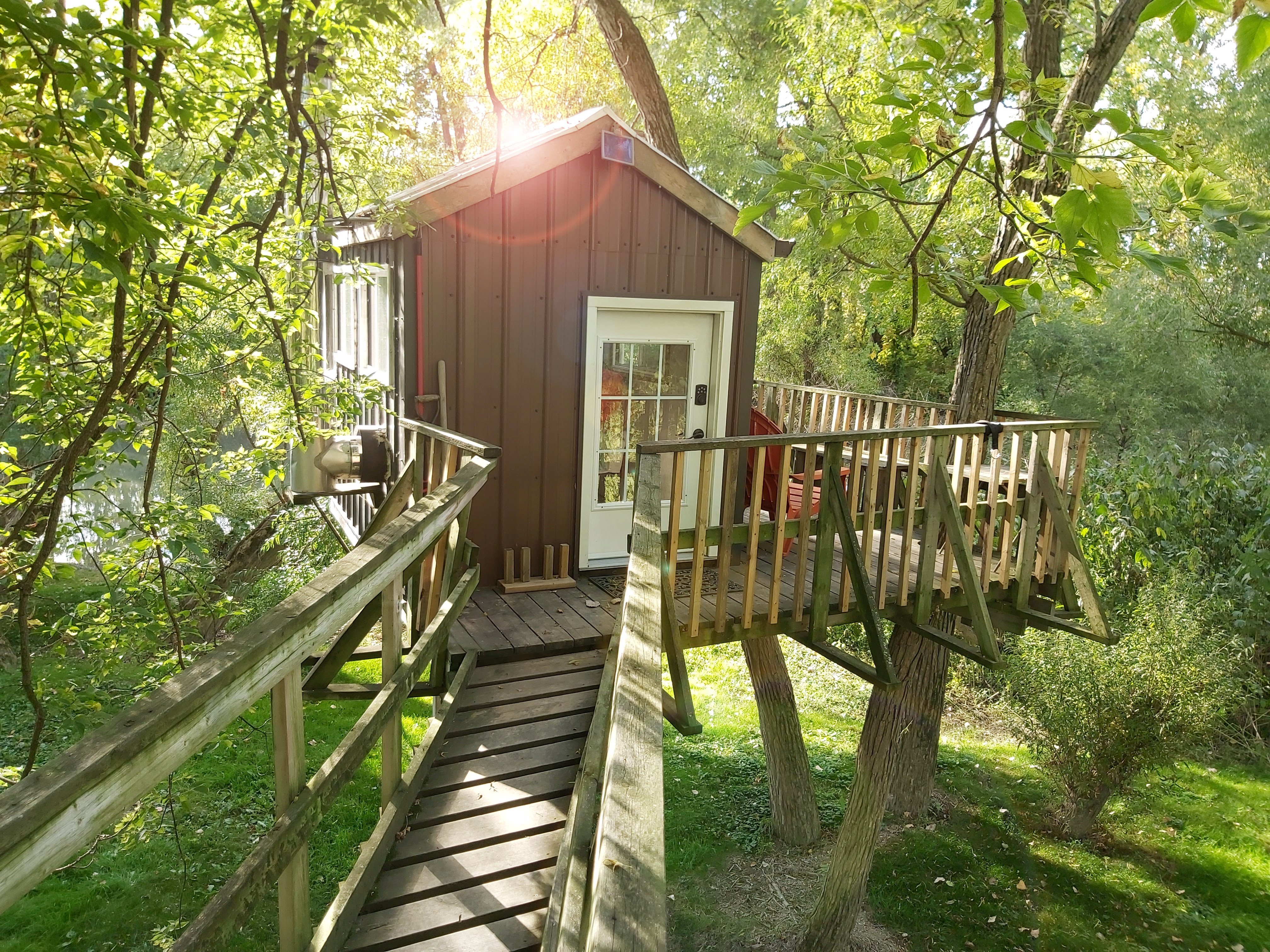
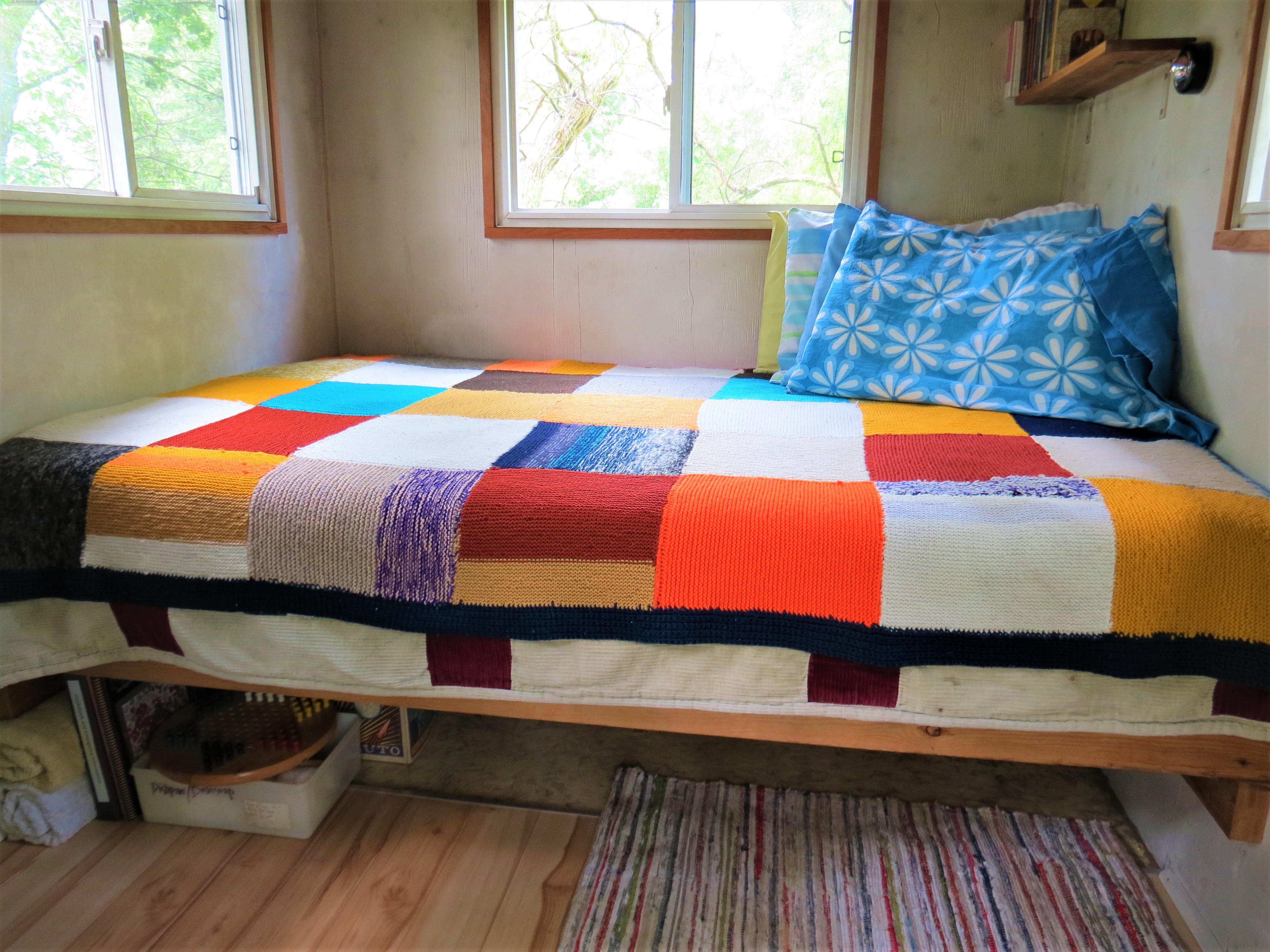
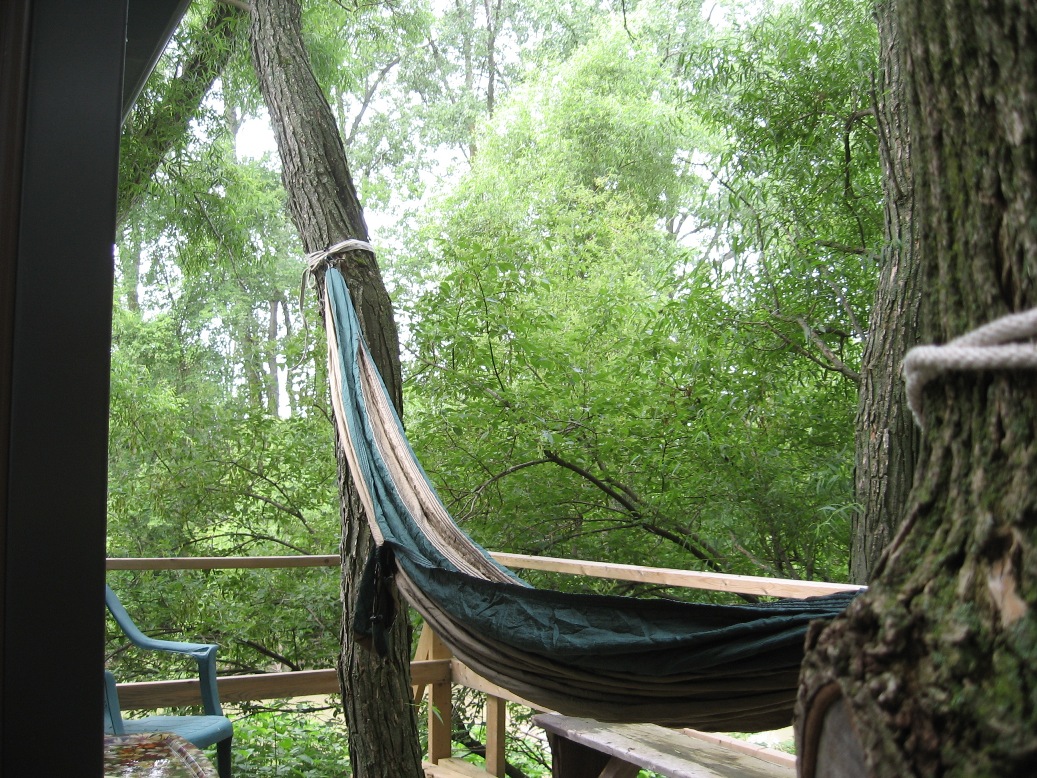
Treetops at the top: Most wishlisted unique homes on Airbnb
When they are not booking, guests are daydreaming about unique getaways, adding countless inspired stays to their wishlists. In 2021, unique listings were added to almost 20 million wishlists worldwide. Tucked away in a serene and leafy neighborhood in East Point, Georgia sits the most wishlisted unique listing in the world, a beautifully appointed treehouse hosted by Darrel, with all the rustic trimmings but plenty of modern considerations, from a hot tub to indoor heated spaces, for the most cozy stay.
And treehouses are only the start, as these most wishlisted unique homes around the globe reveal:
- The Mushroom Dome Retreat & LAND of Paradise Suite (Aptos, California, United States)
- Redwood Treehouse Santa Cruz Mountains (Watsonville, California, United States)
- Trullo Aromatic Green (Ostuni, Apúlia, Italy)
- Historic Tower with Views of the Lake and Countryside (Tuoro sul Trasimeno, Umbria, Italy)
- Luxurious Stone Villa in Crete (Chania, Kriti, Greece)
- Rainforest Tree House with Hot Springs (San Carlos, Alajuela Province, Costa Rica)
- DreamCaught Treehouses – Treehouse (Mae Taeng, Chiang Mai, Thailand)
- Live like a King in My Castle (Galway, Ireland)
- Holiday in Prussian Village Church (Havelsee, Brandenburg, Germany)
